Visiting Robben Island From Cape Town
Robben Island is one of South Africa’s most important historic sites. A place that tells the story of struggle, resilience, and the long road to freedom. Located just off the coast of Cape Town, this small island served for centuries as a place of banishment and imprisonment, most famously housing Nelson Mandela for 18 of his 27 years behind bars.
Visiting Robben Island is a deeply moving experience that offers a window into South Africa’s fight against apartheid and the sacrifices made for democracy. Walking through the prison grounds, seeing Mandela’s cell, and hearing first-hand stories from former political prisoners gives you an unfiltered glimpse into one of the most pivotal chapters in modern history.
Whether you’re a history lover, a traveller curious about South Africa’s past, or simply someone seeking a meaningful cultural experience, we think a visit to Robben Island is an essential part of a trip to Cape Town.
View of Cape Town from Robben Island
A Brief History of Robben Island
Robben Island has a long and complex history stretching back over 400 years. Its name, meaning “Seal Island” in Dutch, hints at its early days when it was used as a stopover by passing ships. Over time, however, the island took on a darker role. A place of exile, imprisonment, and isolation.
During the colonial era, Robben Island was used to banish political prisoners, lepers, and those deemed undesirable by the authorities. By the mid-20th century, under apartheid rule, it became one of South Africa’s most notorious prisons. From 1961 to 1991, it held hundreds of political prisoners, including many of the leading figures in the anti-apartheid movement.
Nelson Mandela spent 18 years here, alongside other activists like Walter Sisulu and Govan Mbeki. Despite harsh conditions, Robben Island became a symbol of resistance. Prisoners secretly educated one another, debated politics, and continued to fight for freedom even behind bars.
After the end of apartheid, Robben Island was transformed into a museum and UNESCO World Heritage Site. Today, it stands as a powerful reminder of the struggle for democracy and the resilience of the human spirit.
A Brief History of Nelson Mandela
No visit to Robben Island is complete without understanding the life and legacy of Nelson Mandela. Born in 1918, Mandela trained as a lawyer and became one of the leading figures in the African National Congress (ANC), fighting against the system of apartheid (the institutionalised racial segregation that shaped South Africa for much of the 20th century.)
In 1962, Mandela was arrested for his anti-apartheid activities and later sentenced to life imprisonment during the Rivonia Trial. He spent 18 of his 27 years behind bars on Robben Island, confined to a small cell and forced to do hard labour in the island’s limestone quarry. Despite these harsh conditions, Mandela remained steadfast in his beliefs, becoming a symbol of hope and resistance for millions both within South Africa and around the world.
Nelson Mandela’s prison cell
Alongside other political prisoners, he turned the prison into what many called the “University of Robben Island”, where inmates educated one another and continued to plan for a democratic future.
Mandela was released in 1990, and four years later became South Africa’s first democratically elected president. His commitment to forgiveness, unity, and reconciliation continues to shape the nation’s identity today — and Robben Island remains the most powerful reminder of his journey from prisoner to president.
Booking Your Visit
All visits to Robben Island are managed by the Robben Island Museum, and access is only possible through official guided tours. There are no private or independent options, so every visitor experiences the same tour route and commentary.
Adult tickets: ZAR 1400 (non South Africans) ZAR 1000 (South Africans)
Child tickets: ZAR 820 (non South Africans) ZAR 620 (South Africans)
ZAR 1400 = 60 GBP | 80 USD | 70 EUR
Tour times: 09:00 | 11:00 | 13:00 | 15:00
(There is no 15:00 departure in off-peak times May-Aug)
Tickets can be rescheduled 48 hours in advanced.
Cameras are allowed on the island but no drones or tripods.
It’s best to book your tickets well in advance, especially during peak season, as tours often sell out. You can purchase tickets online through the Robben Island Museum’s official website or in person at the Nelson Mandela Gateway at the V&A Waterfront, where the ferry departs.
Because tours are weather-dependent, it’s wise to plan your visit early in your stay in Cape Town.
Strong winds and rough seas can lead to last-minute cancellations — our orignal tour was cancelled on the day, and we only found out when we arrived at the terminal. Fortunately, we were able to reschedule it, but if you leave it to the end of your trip, you might not get another chance.
We reccomend calling them (+27 (0) 21 413 4200) to confirm the sailings in the morning.
Quick Tips for Visiting Robben Island
Book ahead and schedule it early in your trip to allow flexibility in case of weather cancellations
The sea around Cape Town can get very rough, so be prepared if you’re prone to motion sickness
The boat trip takes around 30-60 minutes each way, and you might spot seals or even whales along the way
There’s a small shop on the island selling drinks and snacks, though prices are quite high
Allow 3.5 to 4 hours for the full experience, including ferry rides and the guided tour
The evening tour offers softer light and great conditions for photography
What the Tour Includes
The tour begins at the Nelson Mandela Gateway at the V&A Waterfront, where you’ll check in before boarding the ferry. The 45-minute boat ride offers sweeping views of Table Mountain and, if you’re lucky, sightings of seals or even whales in the distance.
The ferry has a small shop and toilets on board, and on calm days, the crossing is smooth and scenic.
Once you arrive at Robben Island, you’ll board a bus for a guided tour around the island. Along the way, you’ll stop at several important sites, each with its own story:
The Leper Graveyard
Lime Quarry – where Nelson Mandela and other prisoners spent much of their time doing hard labour
The Church – where prisoners attended Sunday services
Robert Sobukwe’s House – the isolated home of the founder of the Pan Africanist Congress, held in solitary confinement
Scenic viewpoints – offering striking views back towards Cape Town, along with a quick stop at the gift shop
The lime quarry
After the bus tour, you’ll move on to the prison itself, where a former inmate leads a guided walk through the cells and communal areas. Hearing their first-hand accounts of daily life on the island adds incredible depth and emotion to the experience.
Listening to stories about life in the prison
The highlight of the tour is stepping into Nelson Mandela’s cell which has been preserved to show what it was life when he lived there.
Once the prison tour concludes, you’ll return to the harbour to board the ferry back to Cape Town. The entire experience, including travel time, lasts around 3.5 to 4 hours.
Overall Thoughts
A visit to Robben Island is an absolute must when in Cape Town. It’s more than just a tourist attraction, it’s a powerful and educational experience that offers real insight into South Africa’s journey towards democracy.
That said, it’s worth being honest about the experience itself, especially the ferry ride. The day we visited, the wind was extremely strong, and the sea around Cape Town was very rough. Our ferry was delayed by about an hour, struggling to dock safely, and the return journey, which we’d imagined as a calm sunset cruise back to the city, turned out to be anything but.
As the sun went down, the waves picked up and the boat rocked heavily. Many passengers were uncomfortable or seasick, and a few were clearly frightened. Being from an island myself, I felt fine as long as I could see the horizon, but it was a reminder that conditions can change quickly out at sea.
If you’re prone to sea sickness, make sure to check the weather forecast and sailing conditions before booking. Choosing a calmer day can make all the difference, and it’s always wise to carry motion-sickness tablets or wristbands just in case.
Despite the rough journey, Robben Island remains one of the most meaningful and memorable experiences you can have in Cape Town.

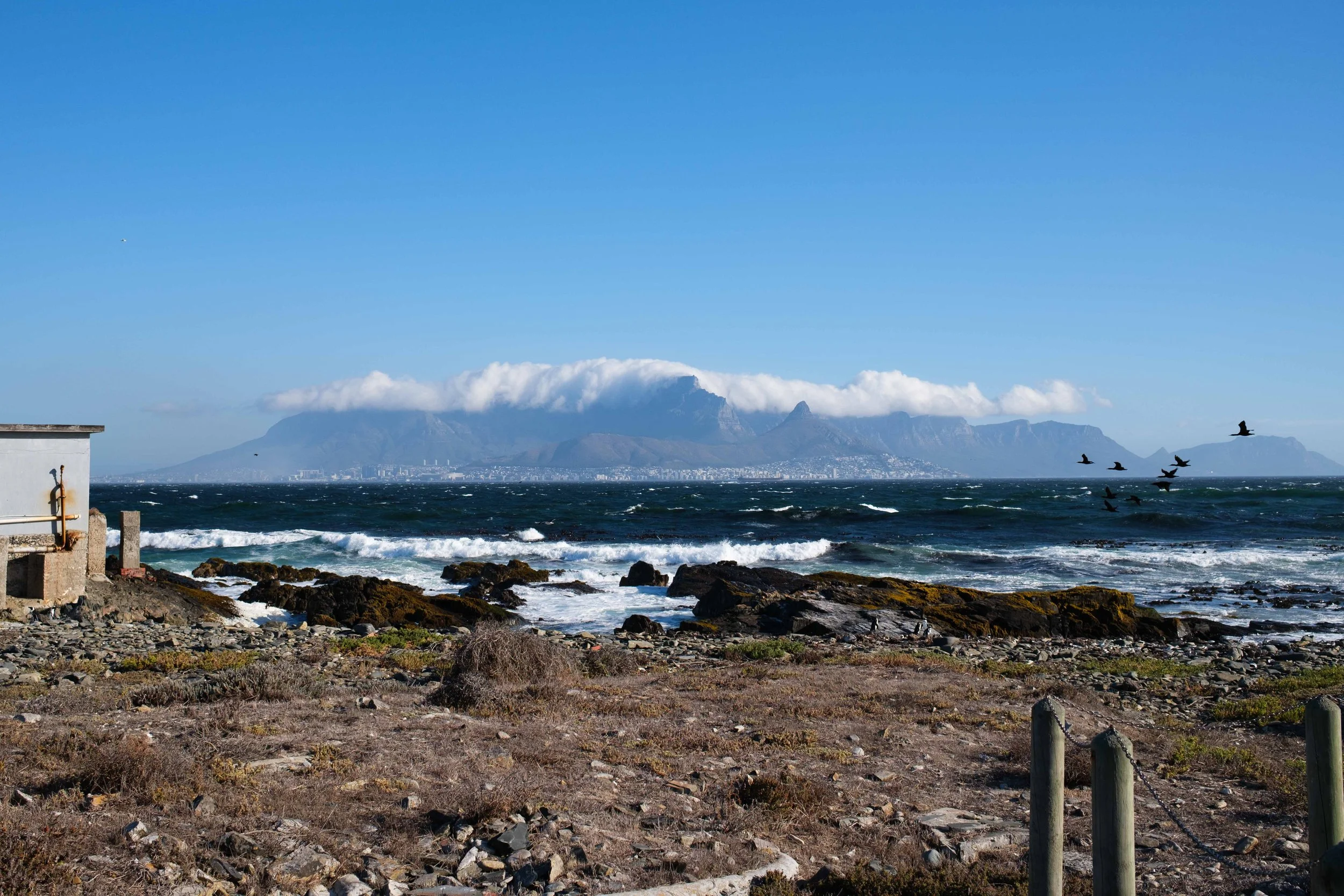

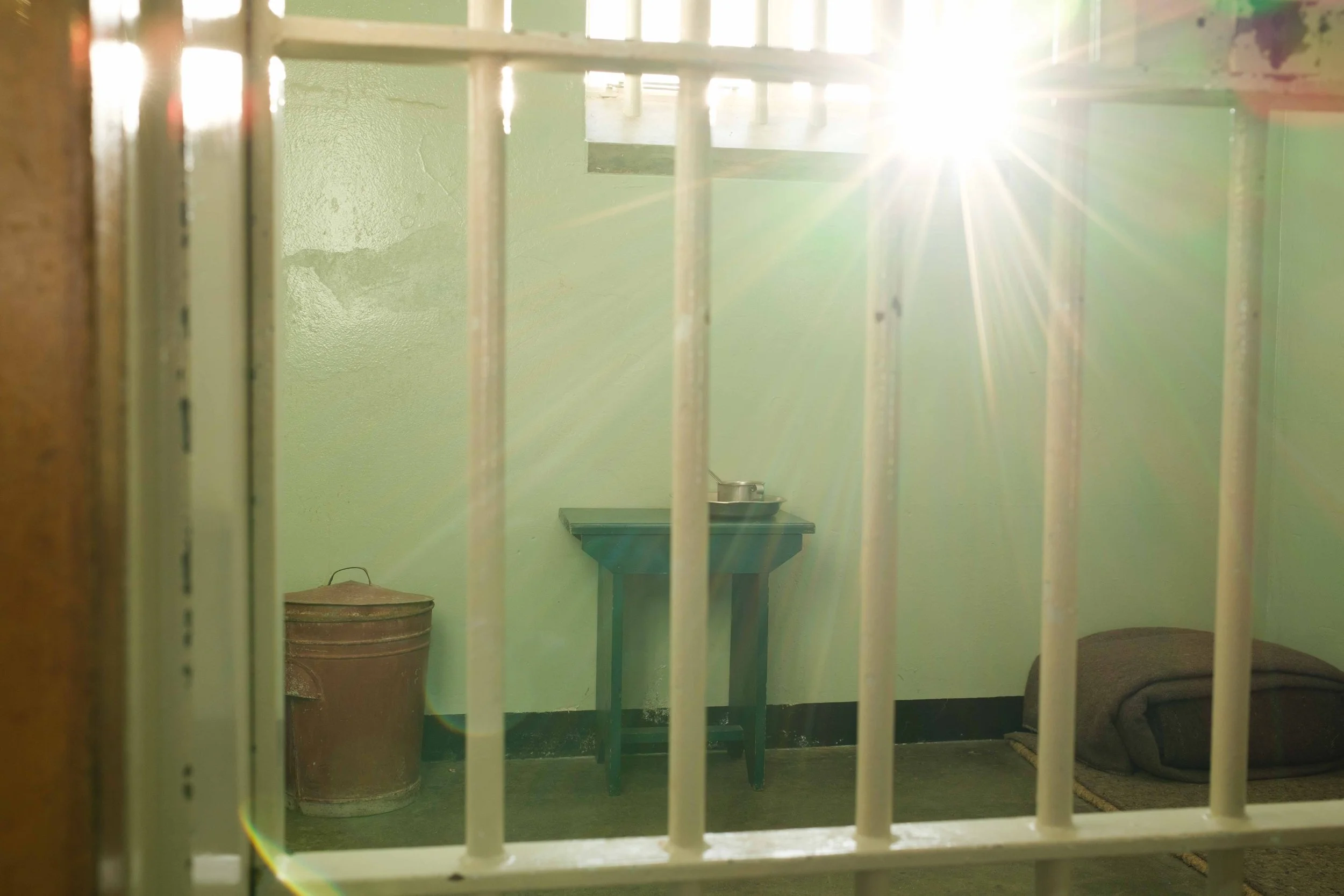

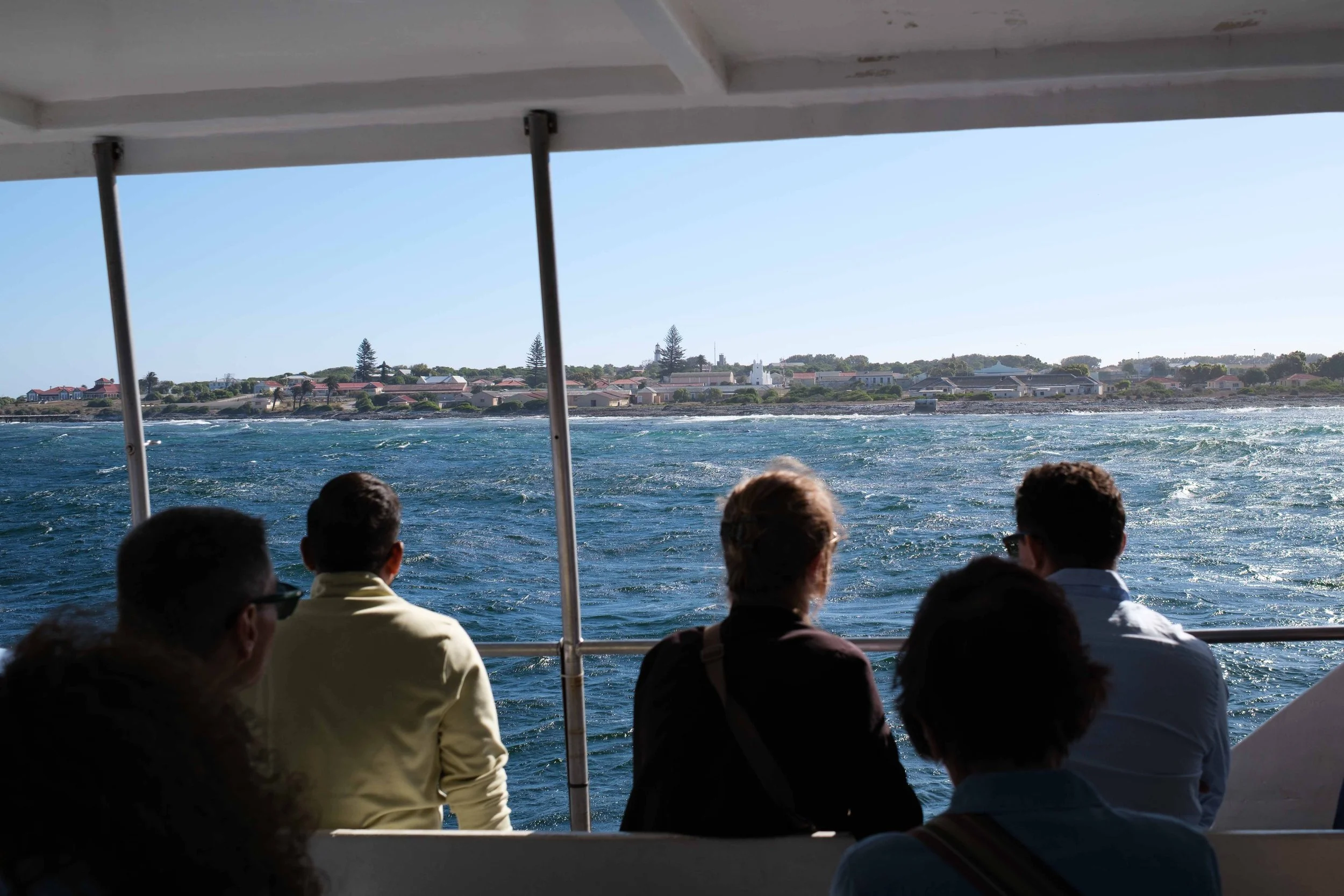
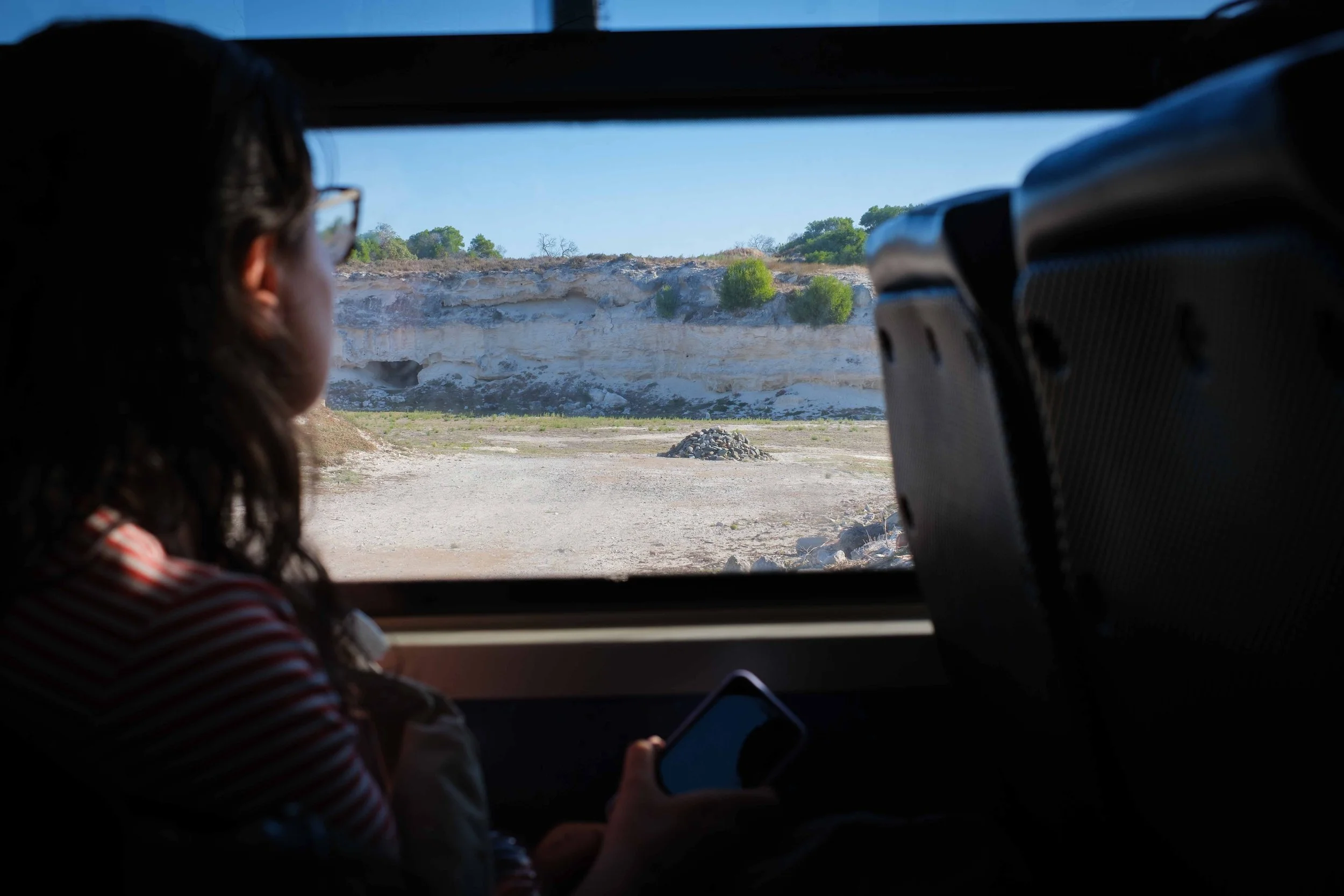




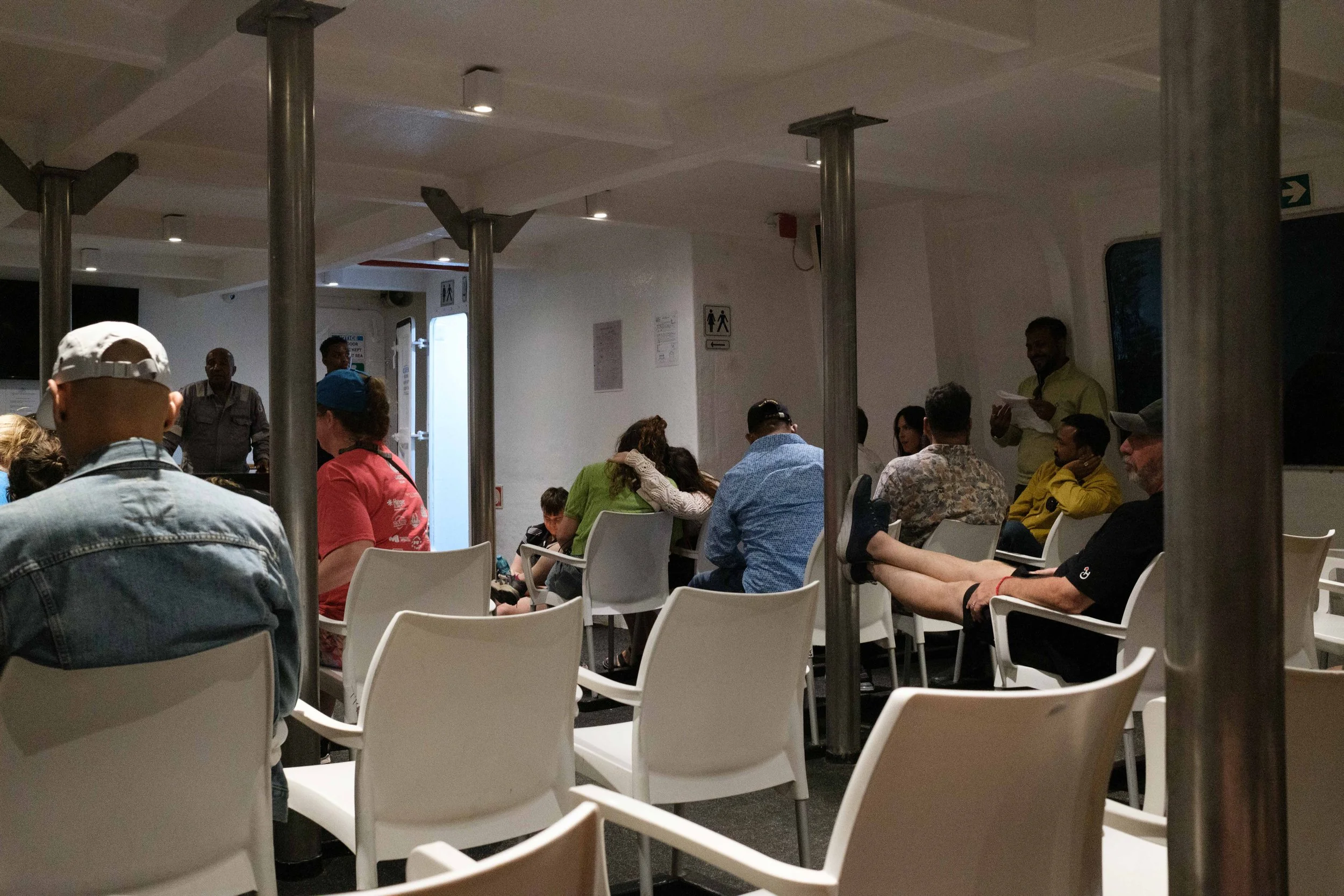





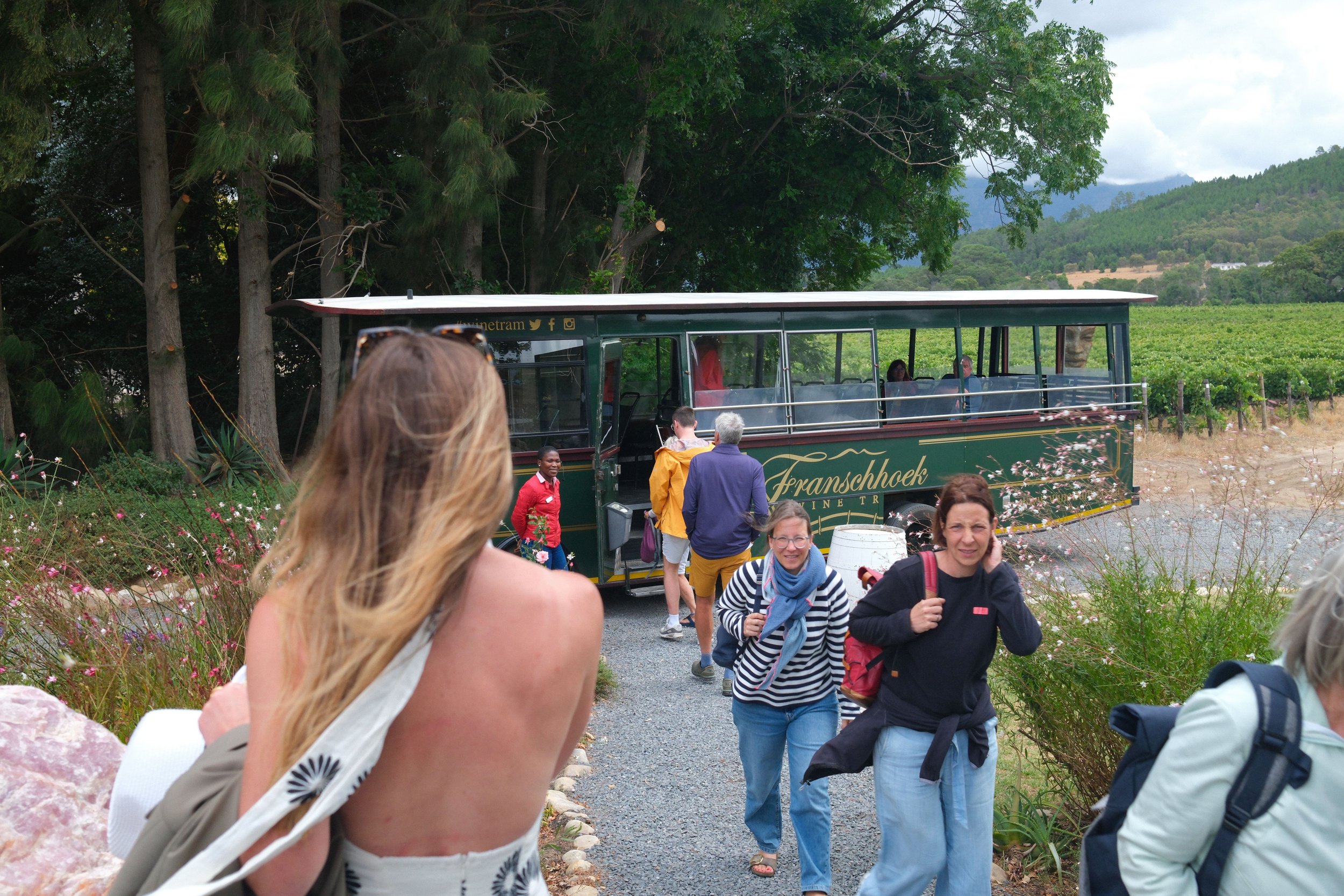



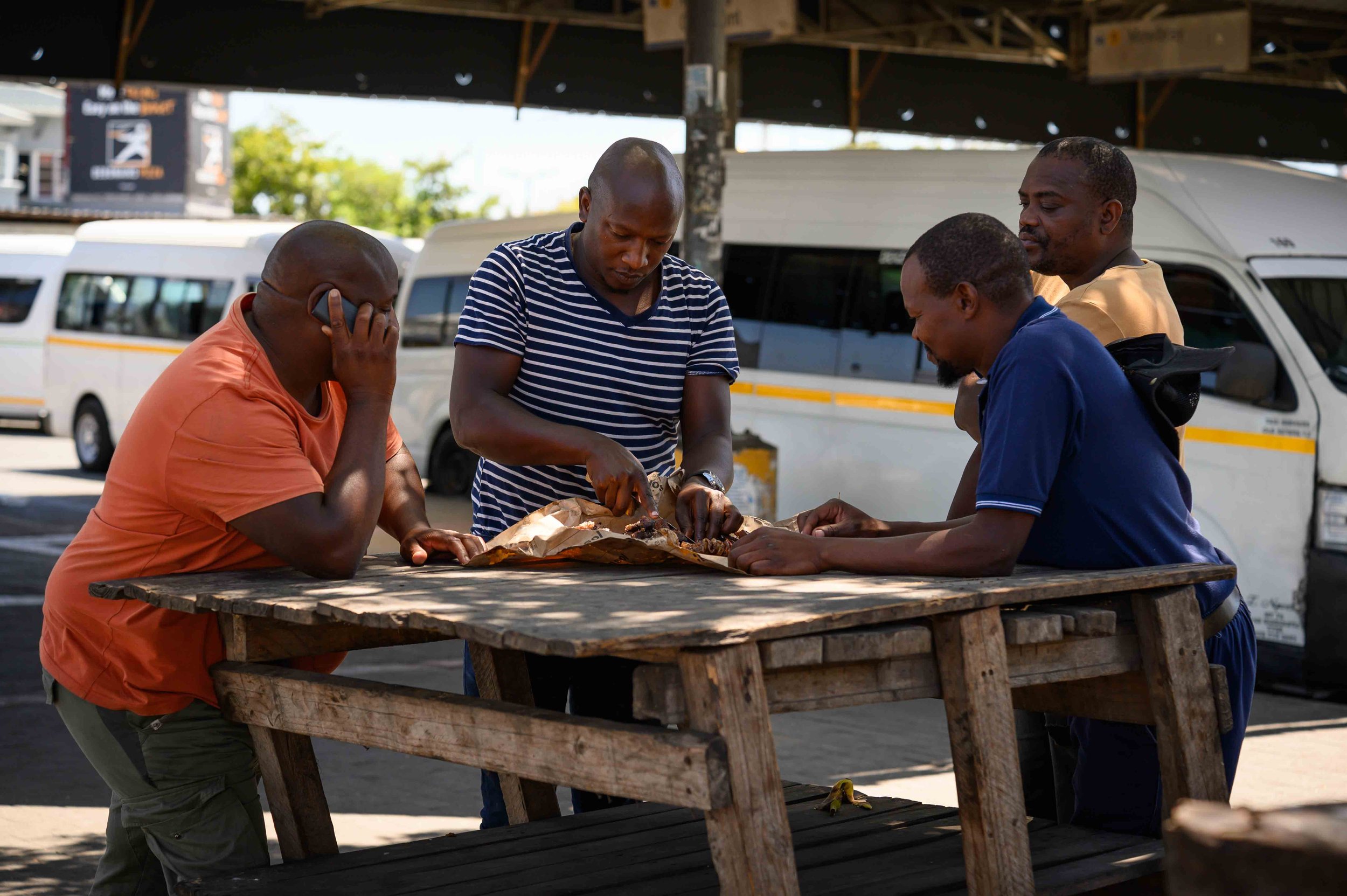








Cape Town has it all. Stunning beaches, incredible food, and endless outdoor adventures. We spent a month exploring the city and this guide brings together our favourite things to do, from sunset spots and food tours to running clubs, wine bars, and fine dining.